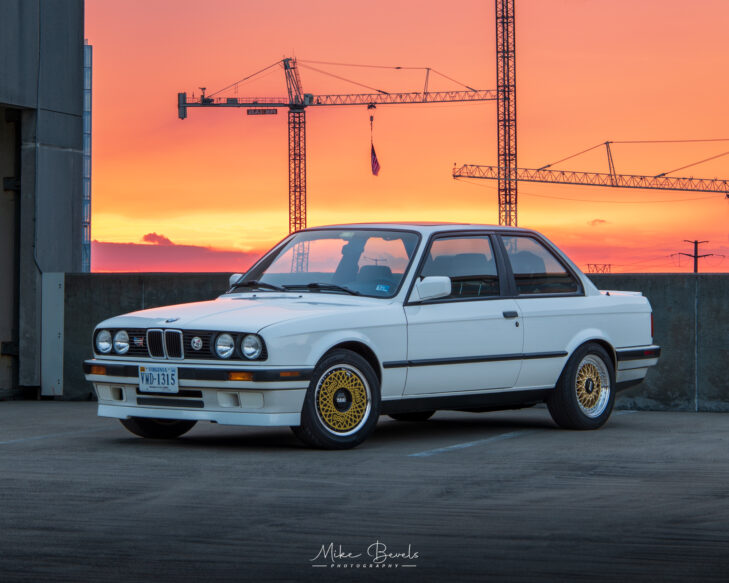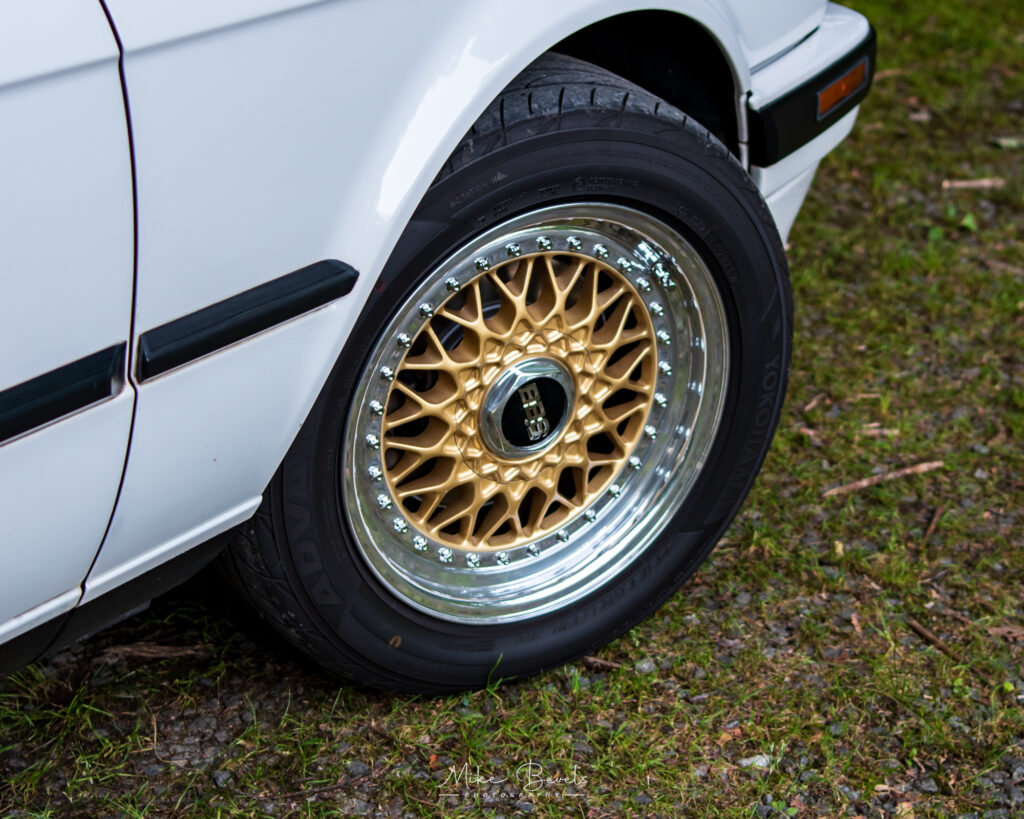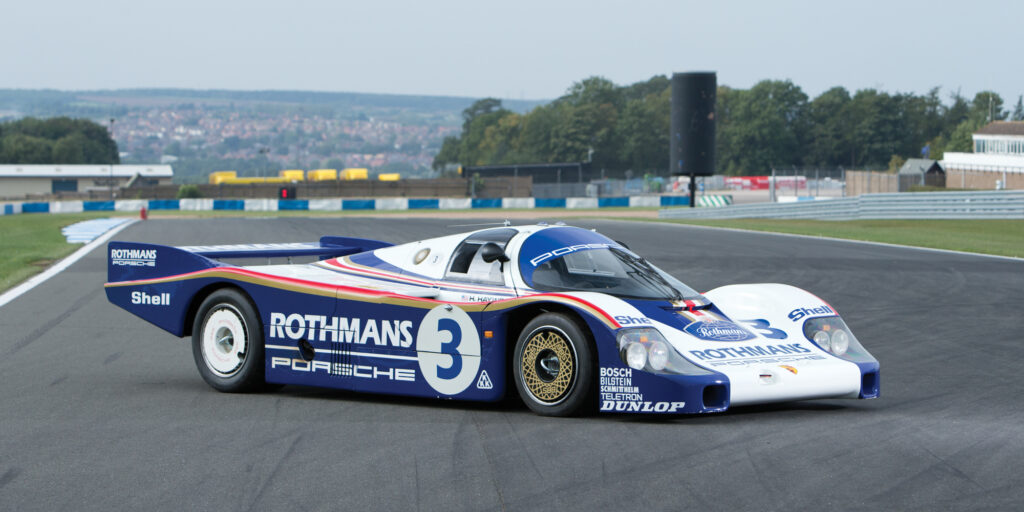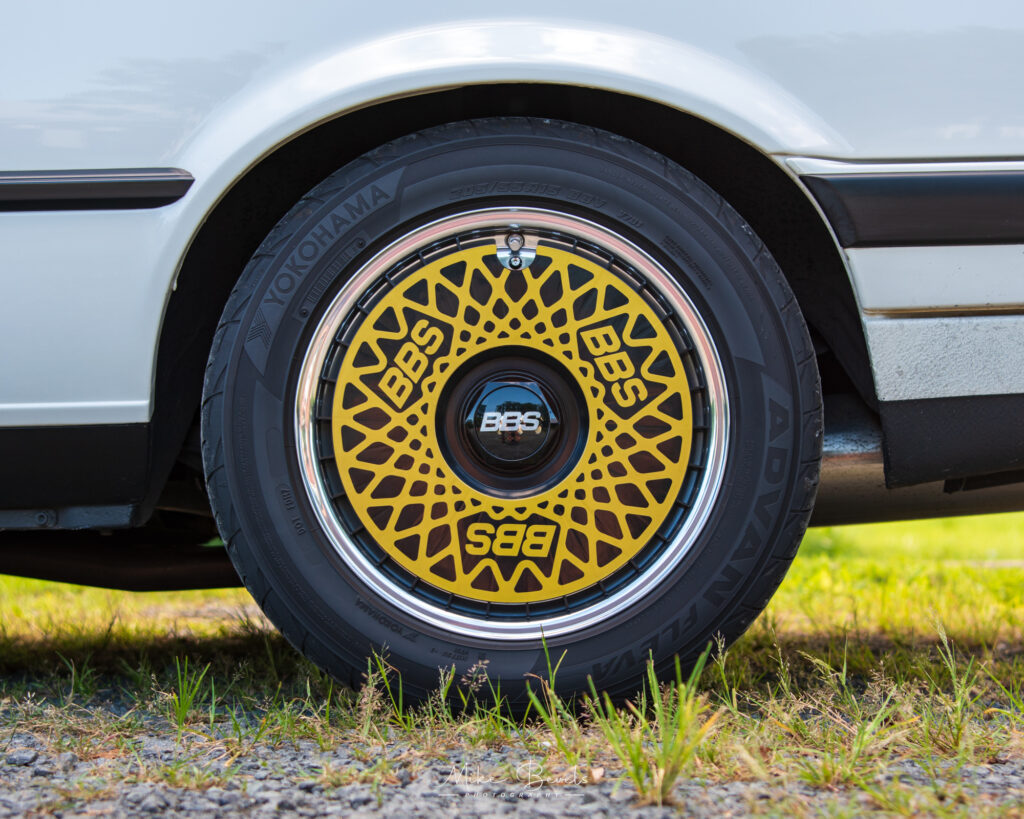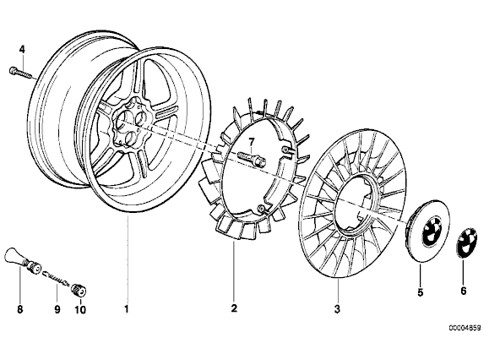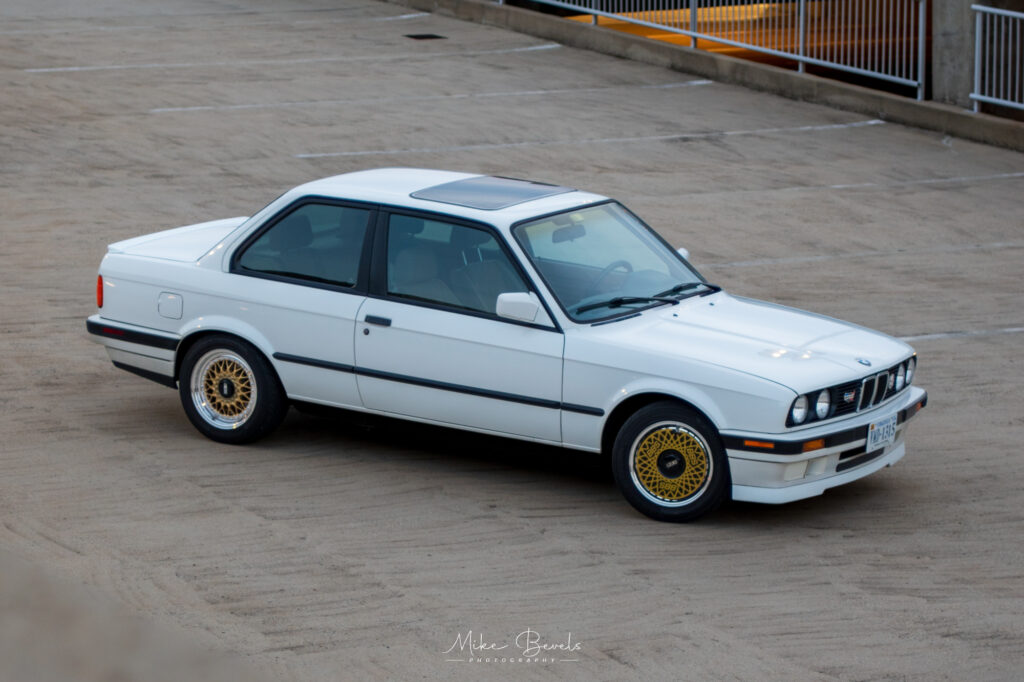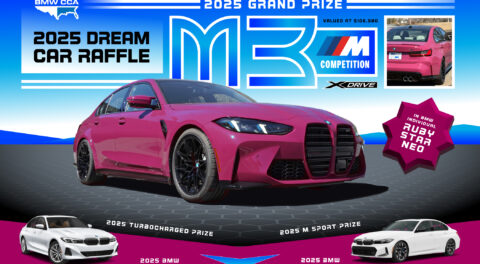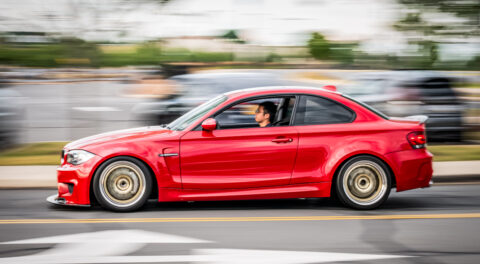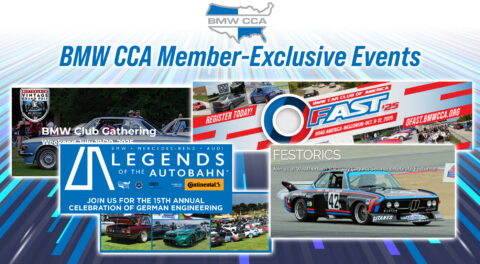When I bought my 1991 318iS in 2016, it came with a set of factory fourteen-inch BBS basketweave wheels. These were the “factory upgrade” wheels that came on “iS” models back when E30s were sold new. While I sorted out the engine, brakes, suspension, interior, and other systems of the car, upgrading wheels was rather low on my priority list. However, once my E30 reached a get-in-and-drive-anywhere state, the search for a new set of wheels began.
I had a set of Kosei K1s for a short time, then a set of Ronal LSes, but my “dream set” was always BBS RS001s or RS003s–both period-correct, three-piece, proper-fitment wheels for the E30 chassis. The RSes retained the factory-look BBS mesh pattern, while offering larger diameters and widths (fifteen-by-seven for the RS001s, sixteen-by-seven for the RS003s) in a stylish, light-weight package. Finding an affordable set was a challenge, but thankfully the BMW CCA, E30, and R3VLimited communities are always willing to help friends find the right parts (like Lewis Zehmer, who sits directly in the center of that Venn diagram).
During my quest for a good deal, I went on a couple of road trips from the Washington, D.C. area to Delaware and Virginia Beach, but those sets ended up being too far gone and properly restoring them wasn’t in my budget. After a few years of casual on-and-off searching, I found a set of very nice RS001s 45 minutes from my house–polished lips and gold centers to boot!
As with any long-term ongoing parts search, such as my wheel search, there were lots of tangents. That’s when I learned about turbofans. Don’t get me wrong, I had seen them on race cars from the 1970s and 1980s, and sometimes on street cars at car shows, but I really had no idea what they were before I delved into the world of BBS RS wheels.In a nutshell, turbofans are bolt-on wheel covers that assist with aerodynamics and brake cooling. Turbofans were used for racing applications in the 1970s and 1980s, but eventually were phased out as new wheel designs accomplished the same cooling and aero goals, without having to attach pizza-sized discs to the wheel faces. After seeing turbofan-equipped successes on the race track from manufacturers like Audi, BMW, Mazda, and Porsche, some factory production cars were delivered with turbofans for the street. Have you seen the E34 M5’s M-System Turbine wheels? They were functional factory turbofans.
Once I had learned the backstory of these wonderful creations, I decided I wanted a set to go along with my BBS RS001s–just because they’re cool! So, after another couple of years of casual on-and-off searching, I found a set specifically made for my BBS RSes. Come to find out, BBS actually sold turbofans as accessories to the consumer market for some of their wheels, like the RSes. In addition, there are aftermarket companies that make custom and replica turbofan covers for those wanting a throwback, retro wheel accessory.It takes less than a minute to install a turbofan on a BBS RS wheel. Simply unscrew the large center hex nut, remove the center mesh “waffle”, put the turbo fan in place while lining up the “key” and valve stem cutout, and reinstall the large hex nut. The only part of the turbofan that touches the wheel is the centered beveled edge that is held in place by the large hex nut. There won’t be any contact (or damage) to the wheel lips or faces. Within a few minutes I can run turbofans on the front wheels, front and rear wheels, or none at all. It may make more sense if you watch this video of me installing one here:
https://www.instagram.com/reel/Cc21fJNDNWC/?utm_source=ig_web_copy_link
Whether or not my set of turbofans actually cools my brakes, I can’t say. I’ve taken them on spirited, full-day, 250-mile drives with the National Capital Chapter BMW CCA Tours program and didn’t notice a difference, though we were driving on public roads so I wasn’t pushing the car very hard. And while I do take my 318iS to the track, I haven’t used the turbofans for their intended purpose because a decent set of brake pads and some high-temp fluid are more than sufficient.
They’re always a conversation starter when I’m out and about. Whether filling up at a gas station or enjoying a car event, people approach me and ask me questions like “Why do you have different front and rear wheels?”, or “Why did you cover up a set of perfectly good wheels?”, or “Why did BBS make such odd hubcaps?” I understand their curiosity because I had similar questions before I learned the history behind them. If you want to categorize turbofans as hubcaps that’s fine with me, but just know they are the best hubcaps.—Mike Bevels

